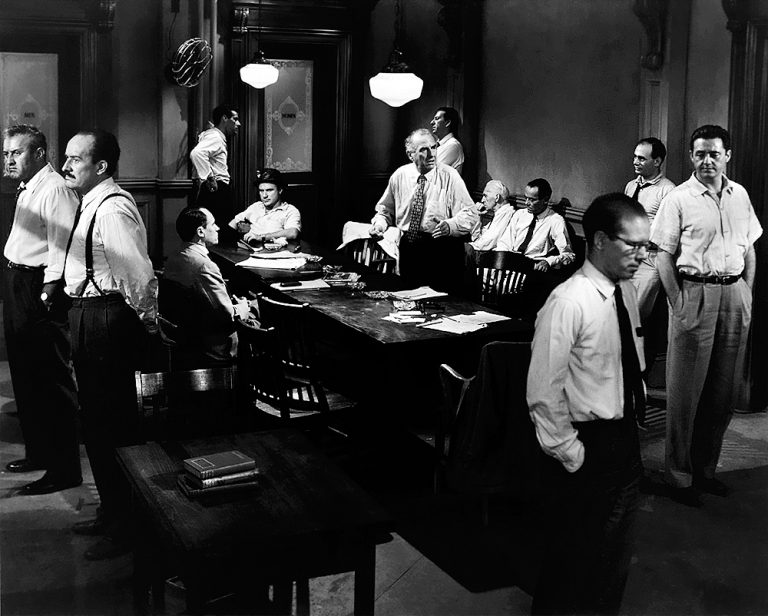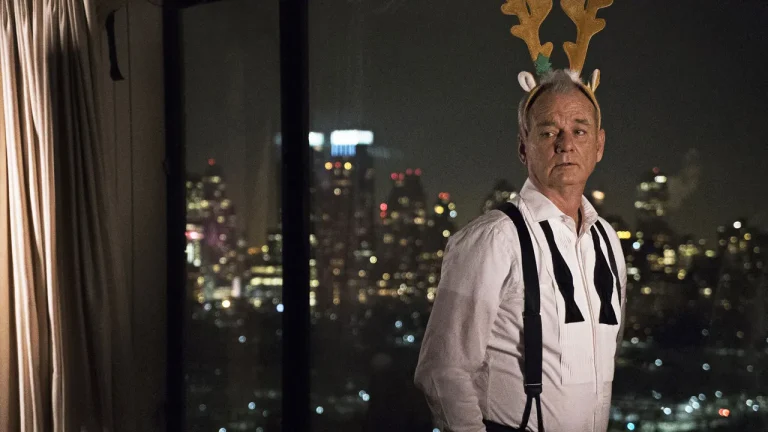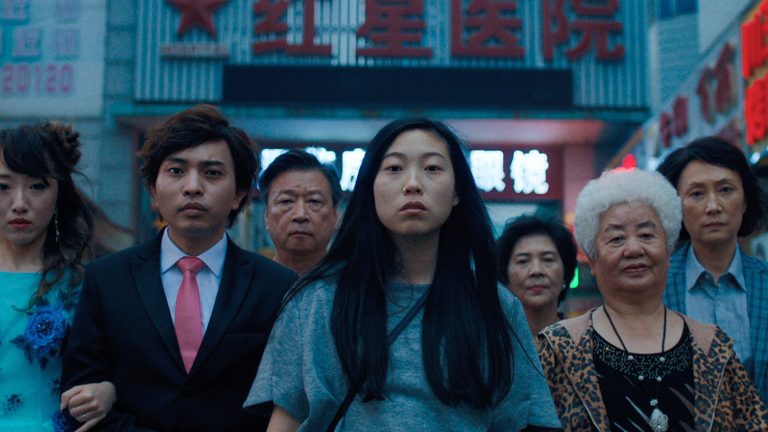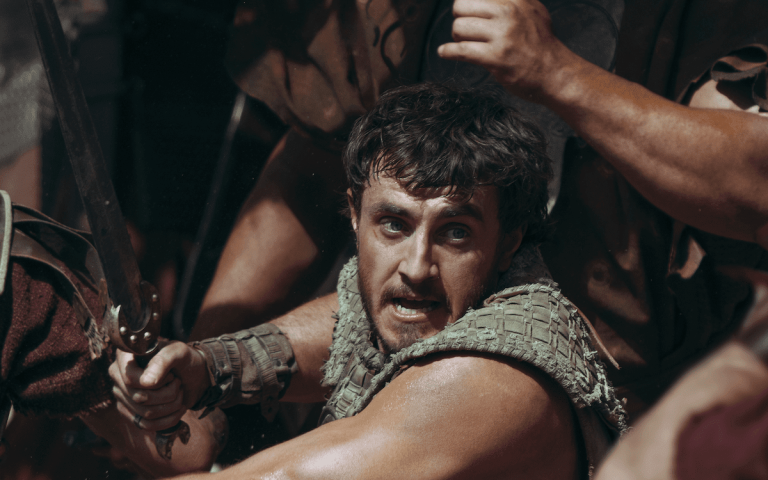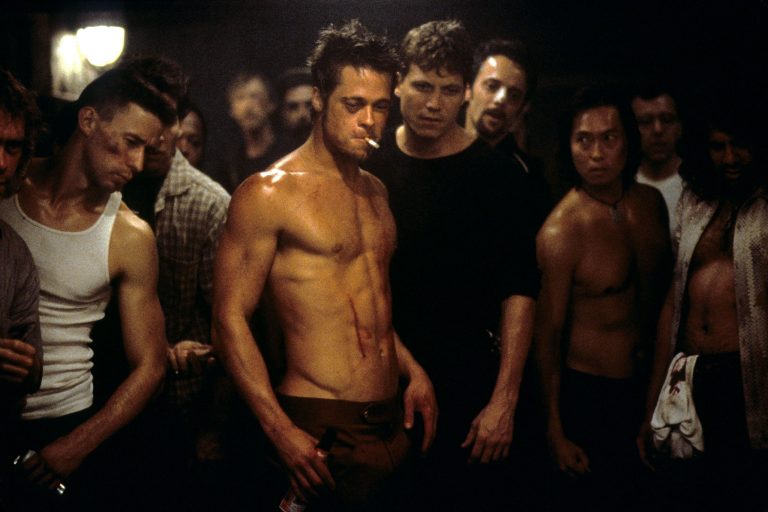On-screen violence has existed since the birth of cinema, but no living director has mastered the art of death better than the behemoth of directing, Quentin Tarantino. In this article, we’ll be doing a deep cut in 5 select death scenes spanning across Tarantino’s work to see what makes his murders the stuff of legends.
What makes Tarantino’s understanding of life and death in cinema so unique is his approach to human nature and its application to every execution of murder in all of his films. These deaths are iconic not just because they were shot perfectly but because of the context surrounding their characters, the tension-fueled buildup and the rewarding finale which either leaves the viewer shocked, galvanized or both.
1. Pulp Fiction – Say “what” again!
Rattling with perhaps the most iconic line of dialogue in all of Tarantino’s pictures, this death scene involves young, confused and mind-fucked Brett being shot by in the chest multiple times by characters Jules and Vincent. Brett’s death was certain the second Jules and Vincent walked into the room, but the cunning dialogue lies at the very core of this death scene, with Tarantino brilliantly asserting the juxtaposition between Brad – the weak and powerless kid that bit more than he can chew – and Jules – the man in charge holding the gun, reigning as the tyrant above the weak.
The tension that builds up between the two opposites turns the conversation into a time bomb. What makes this death scene’s execution so iconic is the payoff the viewer gets after seeing poor Brett being turned into swiss cheese, moments after Jules quotes a line from the Bible. For cinema freaks, Brett’s death scene serves as a textbook example of a well-paced, tension-driven murder with an iconic climax. Say “what” again!
Related Read: How Pulp Fiction Condemns American Nihilism
2. Inglourious Basterds – Bar shootout
Another untouchable moment in Tarantino’s school of violence would be the epic death rattle that followed after undercover agents Archie Hicox, Hugo Stiglitz, Wilheim Wicki and Bridget von Hammersmark get discovered by the Gestapo officer Dieter Hellstorm. Besides the cunning game of cat and mouse which sets up the viewer for an interrogation of a lifetime, the outburst of violence that follows leaves everybody in the room dead, beside Bridget von Hammersmark and a Wehrmacht officer.
What makes this death scene so appreciable is the certainty the characters feel before walking into their deaths and with it, the readiness to go all-out in this epic western-style shootout. This is reinforced further with Hicox drinking his 33-year-old Scottish whiskey in a second, which is a cardinal sin in English culture and with Hugo Stiglitz stabbing Hellstorm in the balls continuously even when he’s being shot. This death scene is the most epic bar shootout in cinema history and a perfect illustration of characters going down guns blazing, showing all too well the sheer pointlessness and nihilism of violence.
3. Kill Bill vol. 1 – The death of O-Ren Ishii
Kill Bill is a story about a woman’s unquenching urge for revenge after her wedding massacre, but even more than that, it’s a classic samurai tale. While almost every death scene in the film is a masterpiece in its own right (notable mentions include the death of O-Ren Ishii’s parents or the showdown with the Krazy88), the final showdown between the Bride and O-Ren Ishii is the perfect ending to this murderous hell ride of a film.
Besides the masterful choreography and the poetry of their movement on the snow, this scene alone tries to showcase a certain philosophy reminiscing the hero vs villain, black vs white vibe typical for samurai films. The real power of Volume 1’s epic finale is that it delivers a powerful message without actually saying anything. Watch it in full and try not to lose your head over it.
4. The Hateful Eight – the Death of General Smithers
Granted, this death scene isn’t as much about General Smithers dying, but the buildup and the psychological mastery of Tarantino’s writing. In short, Major Warren (brilliantly portrayed by Samuel L. Jackson) wanted to kill General Smithers over the war crimes he’d done to black Union soldiers during the Civil War. What followed is a terrifically told story of how the General’s son ended up Warren’s sex slave, naked and begging for a coat in the middle of the frozen mountain before being shot to death.
The sheer horror of the story made the General pull his gun towards Warren and Warren setting up a perfect self-defense scenario in front of the witnesses before shooting the old man and delivering his own sense of justice. What made this scene outstanding is the way the film’s characters interpret notions such as revenge, just cause, killing, and justice, when put specific situations. The General being set up was perfectly obvious to all of the characters, especially when Warren blatantly put a loaded gun next to him and continued to tell the story of Smithers’ son sucking dick in the middle of a mountain, but nobody bothered to interpret it as murder at the end. Well played, Quentin.
Quentin Tarantino on The Hateful Eight (2015)
5. Jackie Brown – Melanie gets shot on the parking lot
What makes death scene so Tarantinoesque isn’t just its buildup but it crazy, brutal human context. In this piece, we see Melanie (portrayed by Isla Fisher) busting a convicted felon Louis Gara’s balls up until the point he breaks and shoots her twice in the middle of a parking lot. What makes a lovely addition to this Fieldguide is the subtleness of Gara’s character and Robert DeNiro’s performance alike.
Instead of a traditional anger breakdown which has grown to be a Hollywood cliche in its own right, we see Gara strolling down to his car in relief, like he took a shit and not killed a human being. In this scene, Tarantino expressed an ultimate form of relief on a criminal subject where killing isn’t that much of a big deal. This moral towards relationships between characters and their own value systems is what makes Quentin T. the mastermind of crime films with a truly unique understanding of the human condition.
Bonus count: Once upon a time in Hollywood – Flamethrower scene
Beware, spoilers ahead!
From a financial standpoint, Once upon a time in Hollywood is a smash hit, grossing about $40 million at the box office in its opening weekend, making it the biggest opening in Tarantino’s career. While some fans stay divided on the issue, the consensus is that Tarantino has managed to create a completely original project, not relying on his usual tropes while delivering a perfect tour of the golden age of Hollywood. At the end of the movie, Cliff Booth, a stunt double tripping his balls off on acid fights off members of the Manson family and continues to kill them off in brutal fashion, even beating a home invader to death with a can of dog food.
Must-Read: Once Upon A Time in Hollywood – A Black and White Tinseltown Fantasy
The peak of the scene is, however, when Rick Dalton (played by Leonardo DiCaprio) pulls out an old flamethrower from a movie set and disintegrates a member of the Manson family trying to escape Cliff by jumping in a pool. What’s precious about this scene is the sheer silliness of it all. The Manson family scene is perfectly placed within the film and the blowtorch touch adds to the absurdity of the most comedic of all Tarantino’s death scenes, which makes the viewer wonder – what would Hollywood history be like if this actually went down? If you have not seen Once upon a time in Hollywood, we can not stress how amazing it is.



